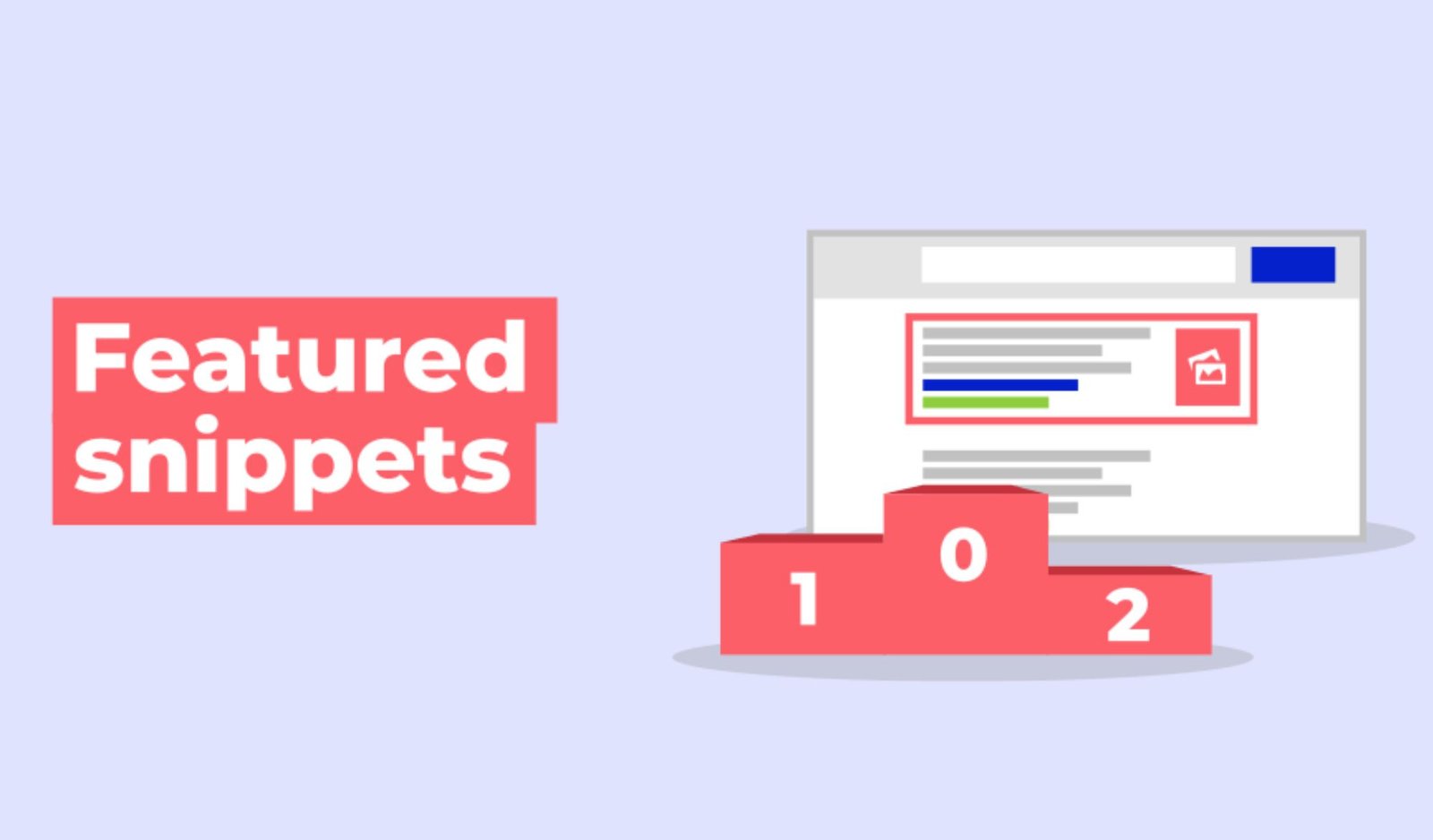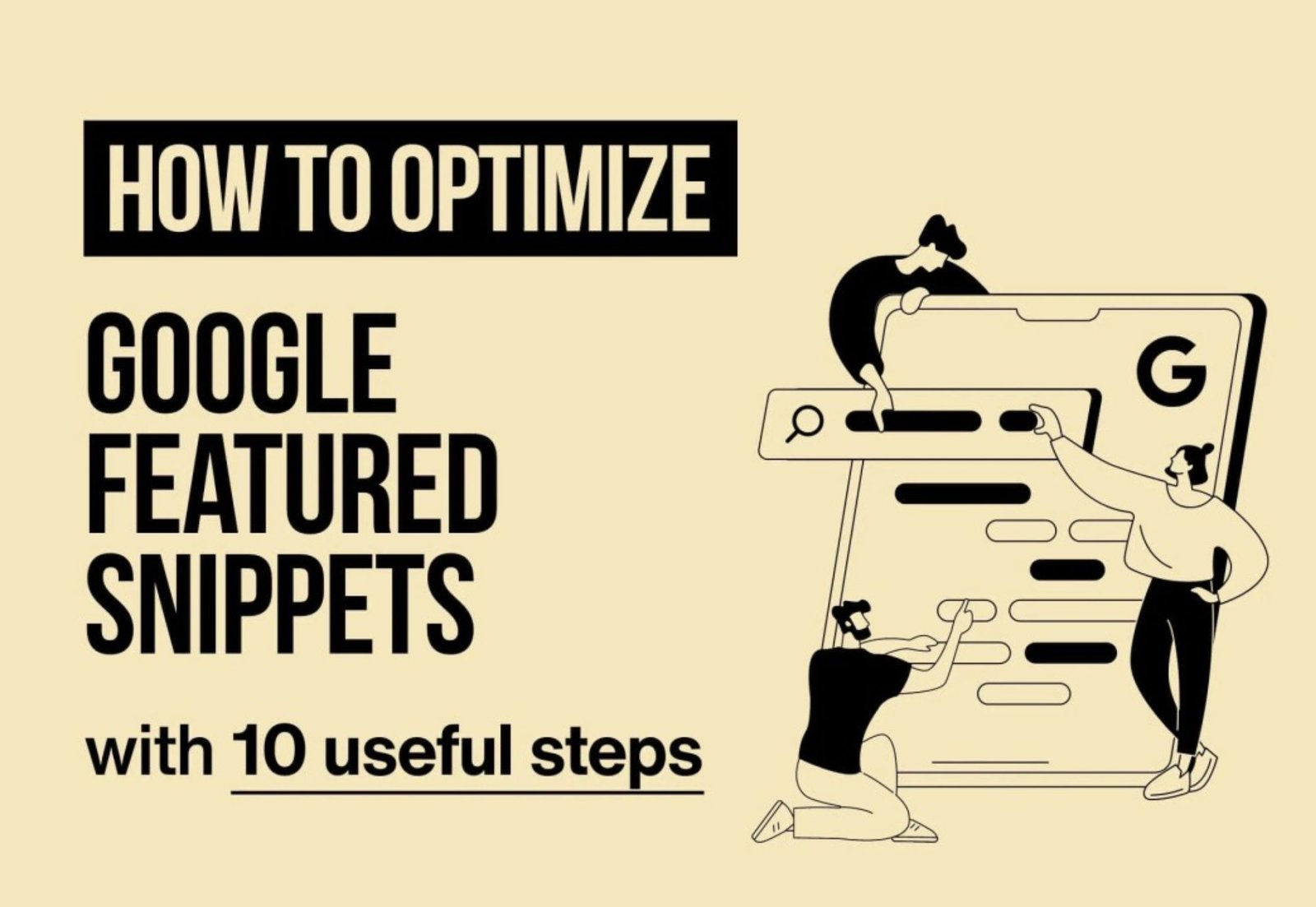In the digital age, securing a spot in Google’s Featured Snippets is a highly coveted achievement. Featured Snippets, often referred to as “Position Zero,” are brief, informative boxes that appear at the top of Google’s search results, providing users with quick answers to their queries. These snippets can significantly boost your website’s visibility, traffic, and authority. So, how can you optimize your content to increase your chances of being featured in these snippets? This guide will walk you through the steps necessary to optimize your content effectively.
Links Domain: https://lawadvisors.pamshion.net
Table of Contents
ToggleWhat Are Google’s Featured Snippets?
Before diving into optimization strategies, it’s important to understand what Featured Snippets are. These snippets are selected search results that appear above the traditional organic search results on Google. They are designed to answer the user’s query directly within the search engine results page (SERP) without the need for the user to click on a link.

There are four main types of Featured Snippets:
- Paragraph Snippets: These provide a brief answer in text form, typically answering “how,” “what,” or “why” questions.
- List Snippets: These display items in a list format, which could be numbered (for steps) or bulleted (for items).
- Table Snippets: These present data in a table format, ideal for comparisons, prices, or statistics.
- Video Snippets: These feature a video clip, usually from YouTube, that answers the user’s query.
Why Are Featured Snippets Important?
Featured Snippets are crucial for several reasons:
- Increased Visibility: Since Featured Snippets appear at the very top of the search results, they can significantly increase your content’s visibility.
- Higher Click-Through Rates (CTR): Although the snippet provides an answer directly on the SERP, many users will click through to learn more, especially if your content is compelling.
- Authority and Credibility: Being featured in a snippet positions your brand as an authority in your industry, which can lead to increased trust and recognition.
- Voice Search Optimization: With the rise of voice search, content optimized for Featured Snippets is more likely to be used as a voice search answer.
How to Find Featured Snippet Opportunities
The first step in optimizing for Featured Snippets is to identify the right opportunities. Here’s how you can do it:

1. Use SEO Tools
SEO tools like Ahrefs, SEMrush, or Moz can help you find keywords that currently trigger Featured Snippets. These tools also allow you to see if your competitors are already featured for certain queries, giving you insights into potential content gaps.
2. Analyze Search Intent
Understanding the intent behind the user’s search query is crucial. Look for questions that users are asking related to your niche, especially those starting with “how,” “what,” “why,” or “best.” These queries are more likely to generate Featured Snippets.
3. Explore Google’s “People Also Ask” Section
Google’s “People Also Ask” section is a goldmine for potential snippet opportunities. It displays questions related to the user’s original query, and optimizing content around these questions can increase your chances of being featured.
Strategies to Optimize Your Content for Featured Snippets
Once you’ve identified potential keywords and topics, the next step is to optimize your content. Here’s a step-by-step guide:

1. Structure Your Content Effectively
Google favors content that is well-organized and easy to navigate. To structure your content for Featured Snippets:
- Use Clear Headings: Break your content into sections using H1, H2, and H3 tags. This not only helps users navigate your content but also helps Google understand the structure of your information.
- Keep Paragraphs Short: Aim for concise paragraphs of 40-60 words. Short paragraphs make it easier for Google to pull relevant information into a snippet.
- Incorporate Lists and Tables: Lists (both ordered and unordered) and tables are more likely to be featured as snippets, especially for step-by-step guides or data comparisons.
2. Answer Questions Concisely
Directly answering user questions in your content is key to being featured in a snippet. Here’s how to do it:
- Place the Answer Early: Provide a concise answer to the question in the first few sentences or paragraphs of your content. This makes it easier for Google to extract the information.
- Expand on the Answer: After providing a brief answer, expand on it with more detailed information. This ensures that while you capture the snippet, you also keep users engaged on your page.
- Use the Inverted Pyramid Style: Start with the most important information first, followed by supporting details. This journalistic technique is effective in providing quick answers.
3. Focus on Long-Tail Keywords
Long-tail keywords are specific phrases that users search for, and they often have lower competition than broad keywords. For example, instead of targeting “SEO tips,” you might focus on “SEO tips for small business owners.”
- Research Long-Tail Keywords: Use tools like Google’s Keyword Planner, Ubersuggest, or AnswerThePublic to find relevant long-tail keywords.
- Integrate Them Naturally: Ensure these keywords fit naturally into your content, particularly in headings, subheadings, and throughout the body text.
4. Optimize Visual Content
Google increasingly features snippets that include visual elements like images and videos. To optimize for these:
- Include Relevant Images and Videos: Use high-quality, relevant images and videos that can enhance the user’s understanding of your content.
- Optimize Image Alt Text: Use descriptive alt text that includes your target keywords. This helps Google understand what the image is about and increases the chances of it being featured.
- Use Infographics and Charts: Visual representations of data, such as infographics or charts, are often featured as snippets. Ensure these are clearly labeled and easy to understand.
5. Ensure Mobile Optimization
With Google’s mobile-first indexing, your content must be optimized for mobile devices.
- Responsive Design: Make sure your website is mobile-friendly and that content displays well on all screen sizes.
- Fast Loading Times: Use tools like Google PageSpeed Insights to ensure your pages load quickly on mobile devices. Compress images and enable browser caching to improve load times.
- Readable Text: Ensure your text is legible on smaller screens by using appropriate font sizes and line spacing.
6. Regularly Update Your Content
Google values fresh, up-to-date content. Regularly reviewing and updating your content can help maintain its relevance and increase its chances of being featured.
- Update Outdated Information: Regularly update statistics, links, and any other time-sensitive information in your content.
- Add New Insights: If new developments occur in your industry, add this information to your existing content to keep it relevant.
- Monitor Performance: Use Google Analytics and Google Search Console to track how your content is performing. If you notice a drop in traffic or rankings, it might be time for a content refresh.
Common Mistakes to Avoid
While optimizing for Featured Snippets, avoid these common mistakes:
- Over-Optimizing Content: Keyword stuffing or overloading your content with SEO elements can harm your rankings. Focus on user experience first.
- Ignoring User Intent: Make sure your content directly answers the user’s query. If your content doesn’t meet the searcher’s intent, it’s unlikely to be featured.
- Neglecting Content Quality: High-quality, well-researched content is more likely to be featured. Don’t sacrifice quality for the sake of optimization.
External link: https://jetluxury.techarmz.com/safe-and-stimulating-toys.html
Conclusion
Optimizing your content for Google’s Featured Snippets can significantly enhance your online presence and drive more organic traffic to your site. By understanding the types of snippets, identifying the right opportunities, and following best practices in content creation, you can position your content to capture this valuable spot on the SERP. Remember, the key to success is to provide clear, concise, and valuable answers to users’ queries while maintaining a focus on high-quality, well-structured content.
